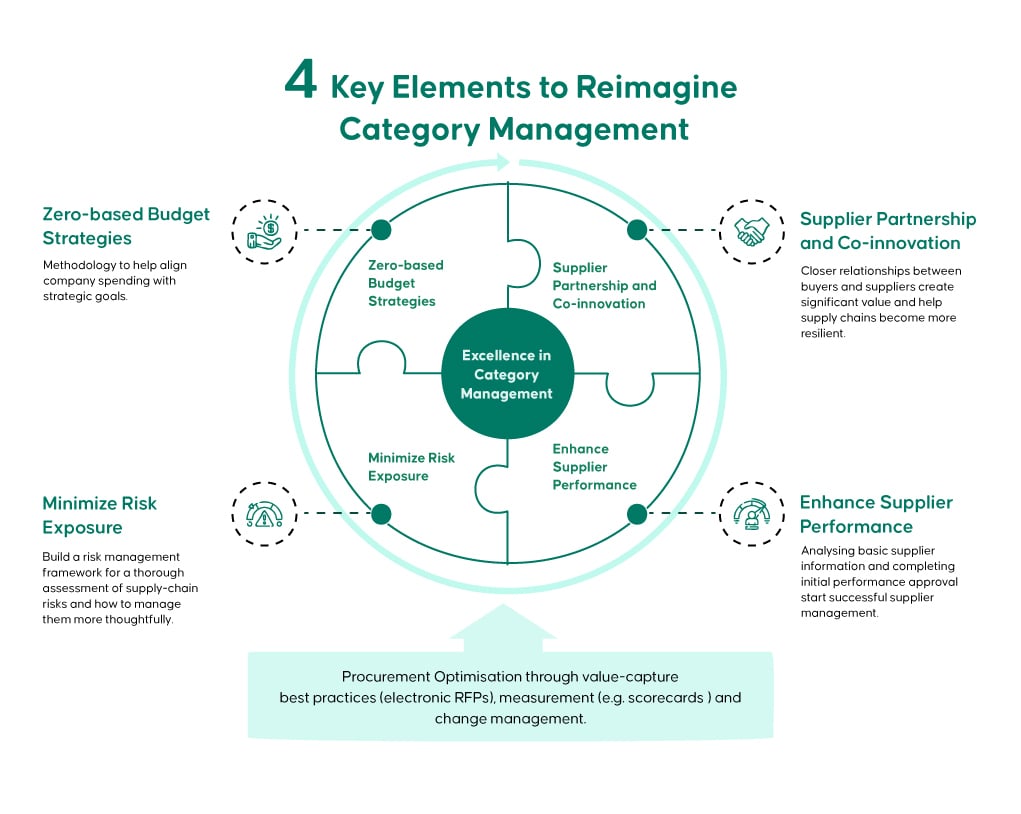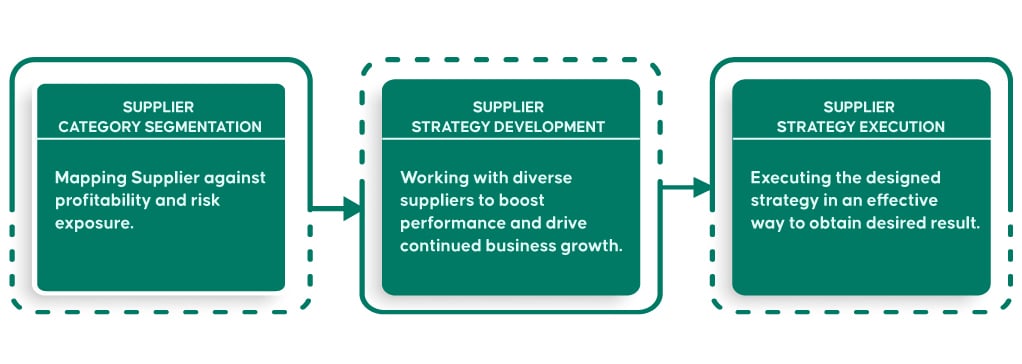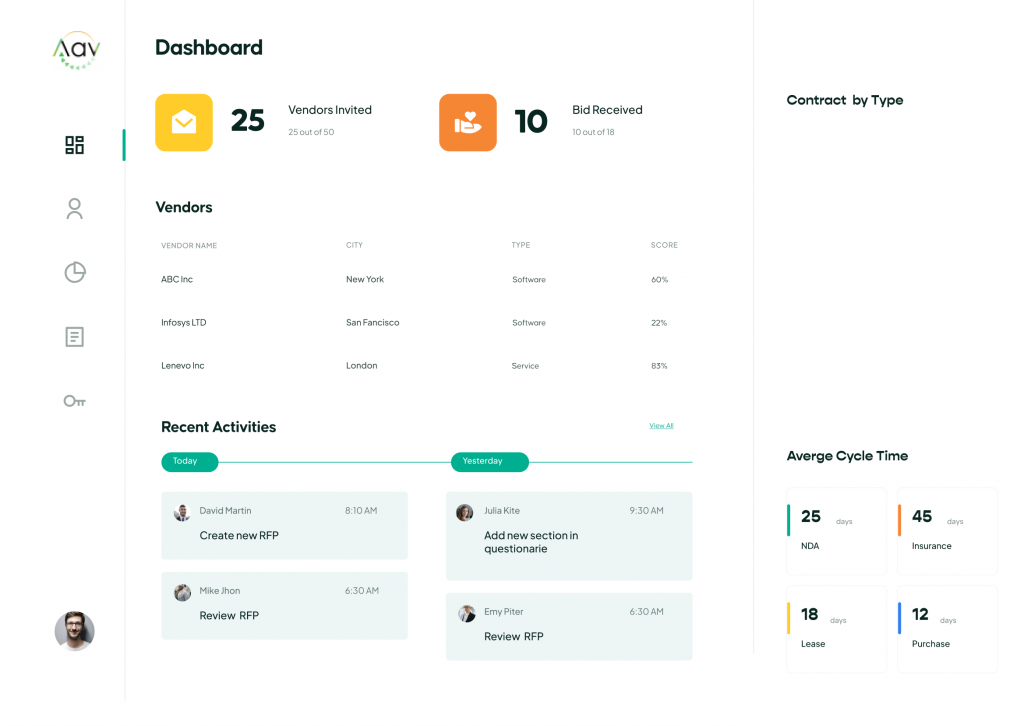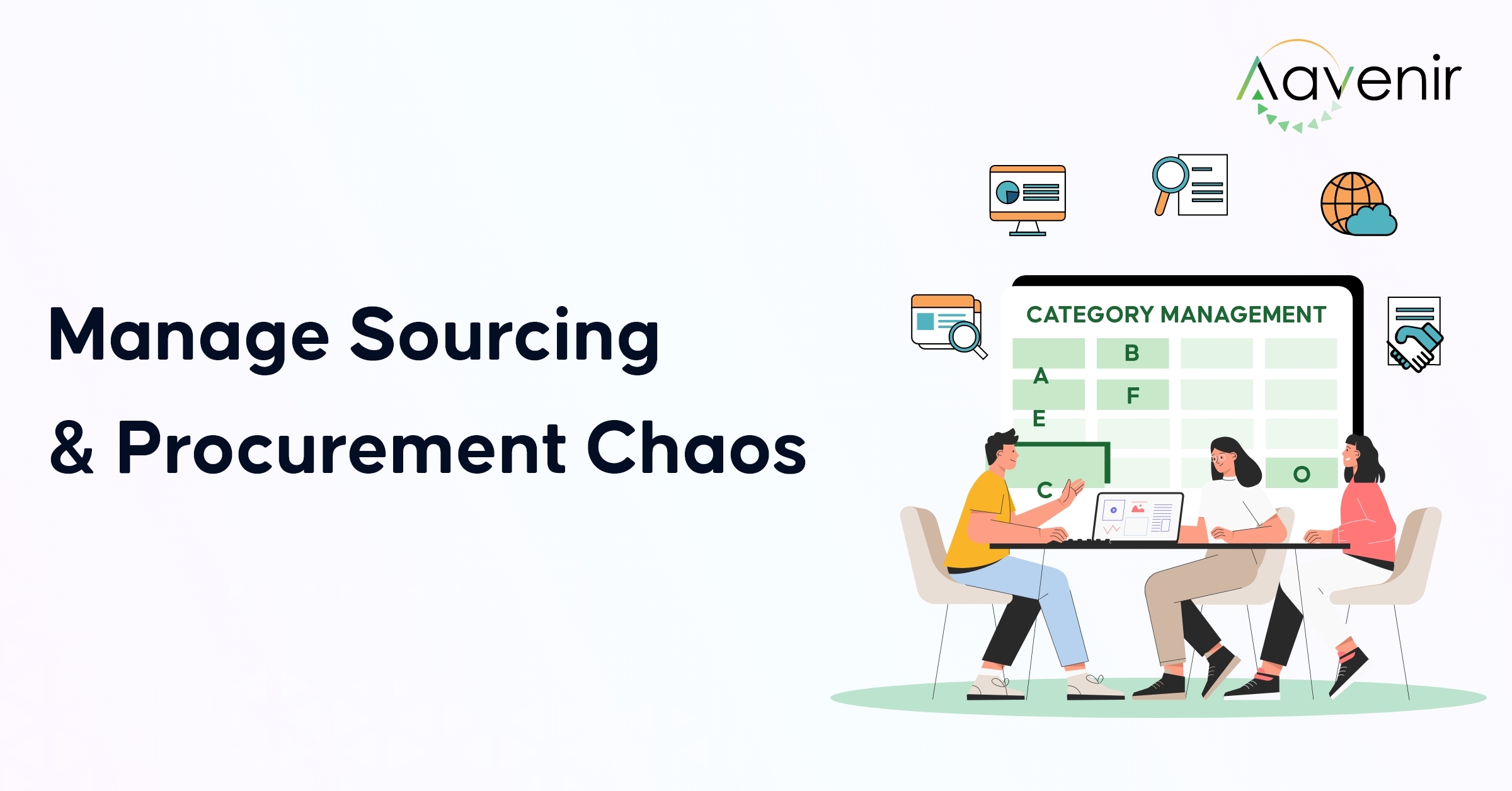Need for Reimagining Category Management
Organizations worldwide have realized the extreme importance of an efficient, reliable, and resilient sourcing and procurement process. A solid sourcing and procurement process helps organizations to meet their forecasted demand optimally. Yet, many organizations fail to give sourcing the attention it deserves. Sourcing is often fragmented among multiple locations, business units, and categories, making it hard to identify and capture enterprise-wide savings opportunities. Leaders of procurement functions typically lack sufficient clout to obtain the technology and talent they need. Many companies also do not have mechanisms to monitor product categories and reflect their performance on financial statements.
To overcome these challenges, companies need a new vision for sourcing that combines cutting-edge tools and automation solutions and modern category management approaches to address fundamental issues relating to processes, capabilities, and data. Using this coordinated, technology-enabled approach, global companies are already capturing the untapped value of indirect procurement.
Simply put, evolution is not enough. To succeed in the 2021s, companies need a revolution in procurement through reshaping their categories.
According to CIPS, category management is a strategic approach that organizes procurement resources to focus on specific areas of spend.
Category managers can zone in on one specific category and conduct market or pricing analysis for that particular group. By leveraging this in procurement decisions, procurement managers can create higher ROI than traditional purchasing models.
Four Key Elements to Reimagine Category Management
What makes the new vision for procurement so powerful? Indeed, digital technologies and best-in-class practices provide the foundation. But these are just the starting point. We have tried to describe the most advanced solutions relating to four key elements to reimagine category management to unlock the full potential.

1. Zero-based Budget Strategies
Each product category’s expenses must be justified for each new budget period based on demonstrable needs and costs, instead of the more common method of using last year’s budget as your starting point, then adjusting up or down.
Approach:
Zero-based budgeting (ZBB) requires department heads to base their budgets on business needs and the achievement of business strategy and goals. ZBB encourages department heads to seek to be more efficient, so increasing workloads actively do not drive increased spending – effectively determining how to do more with less.
2. Supplier Partnerships and Co-innovation
Companies are looking for opportunities to create competitive advantages to counter the downturn that the pandemic has created, including through vendor partnerships and joint innovation.
Companies should leverage supplier partnerships and automated replenishment to reduce costs and increase service levels. Companies should identify and develop a supply base with complementary capabilities that will drive value through collaboration. Organizations need to evaluate and contract with suppliers who are the best fit for their needs.
3. Minimize Risk Exposure
Organizations should invest in a cross-functional team to catalog the full scope of risks they face. They should also build a risk-management framework that determines which metrics are appropriate for measuring risks and how to track and monitor these metrics rigorously.
There should be a thorough assessment of supply-chain risks and how to manage them more thoughtfully. Companies can create better transparency by working with suppliers to gain information about their next-tier suppliers and upstream value chains.
4. Enhance Supplier Performance
Companies should actively seek ways to:
- Leverage performance metrics (including key performance indicators or KPIs) to find the root causes of supplier performance issues creating expense, waste, and risk and take corrective action.
- Optimize their value chain by digitizing and optimizing business processes throughout the entire source-to-pay lifecycle and prioritizing strategic sourcing
- Minimize the number of suppliers in the chain without negatively impacting business continuity and finding ways to align procurement activities with larger organizational goals.
Establishing sustainable strategic category management process beyond the tools
Designing effective procurement strategies is imperative to align business goals with category management and sourcing objectives. There are a few ways organizations can optimize costs and maximize value from their procurement activities:
1. Value capture
Companies tend to look internally, and base spend on what they’re doing rather than focusing on what’s happening in the market. Siloed functions may get away with basing most of their work on internal company proceedings. Still, when sourcing becomes centralized, as frequently happens when companies adopt category management, understand external factors. Thus category definition and segmentation become essential to define each category before developing a strategic category management plan.
The organization’s growth potential must set a baseline using common terminologies, templates, and processes. It involves dividing the suppliers into segments most effectively and efficiently that the skillset is profitable, actionable, and accessible. Defining each category and segmenting them into similar groups forms the basis of strategic category management.

2. Measurement
Organizations accelerate the adoption of digital and analytics to enhance transparency and standardization. The foundation of the category management process is the software that enables sourcing professionals to apply all categories. The software should have capabilities for spend visualization, forecasting, and systems integration.
- Category-specific: Automated solutions — hard-coded into analytics — identify, apply, and monitor standard and advanced levers unique to a category.
- Smart workflows: These platforms review the forecast spending per category and activity and provide a strategic category management dashboard to integrate best-practice actions for selected categories. Companies use the insights to develop negotiation strategies for each category.
- To improve category functionality, buyers can apply functional advanced analytics tools, including network optimization tools, automated, real-time KPI dashboards, executive scorecards, parametric clean-sheets, and eSourcing tools powered by artificial intelligence and advanced analytics.
Test drive the Aavenir RFPflow product on ServiceNow to manage and measure sourcing performance.

3. Change Management
Succeeding in category management also requires support and involvement from the right people across supply management categories, who must be willing to break away from silos and manage spending in a centralized fashion. Also, strategic category management managers need to understand the challenges and opportunities before deploying category plans to design the right processes.
It is essential to ensure that the procurement team of tomorrow has the required skills, processes, and tools that best drive success. Transforming procurement to operate more strategically requires careful planning and execution to identify the essential skillset gaps and performance expectations. Also, organizations must identify performance gaps and build necessary procurement skills to focus on a sustainable, cohesive strategy and add value for stakeholders.
The Bottom Line for the CPO
Strategic category management is a continuous improvement process that will inform all future successful strategic sourcing initiatives. It requires the right level of attention and a good training program. Your category managers will be responsible for gathering supplier requirements, collecting bids, and negotiating contracts. Establishing them as a single point of contact means better coordination and communication, vastly improving stakeholder and supplier relationships.



